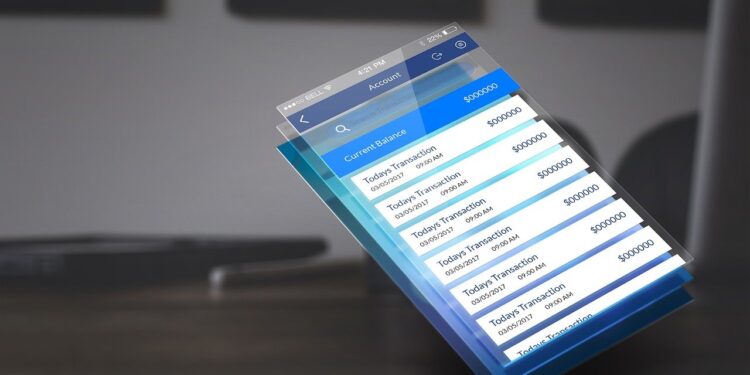Introduction:
User experience (UX) has become an important part of producing effective and engaging goods in today’s digital world. A UI/UX designer is crucial in determining how users interact with digital interfaces. In this post, we will look at the duties and talents of a UI/UX designer and how they contribute to the creation of intuitive and user-centric experiences.
Recognising the User:
Understanding the target audience and their needs is fundamental to the function of a UI/UX designer. Designers get insights into users’ behaviours, preferences, and pain concerns through user research, surveys, and interviews. This understanding serves as the foundation for creating user-friendly and entertaining digital experiences.
Design of the User Interface (UI):
The goal of UI design is to create visually appealing and effective interfaces that enhance user interactions. A UI/UX designer creates visually appealing interfaces by applying design principles, typography, colour theory, and visual hierarchy. They work on components like buttons, icons, menus, and layout to ensure consistency and usability across several displays and devices.
UX (User Experience) Design:
UX design is concerned with the complete user journey and providing a pleasant and enjoyable experience. To improve the usability of a product, UX designers analyse user flows, produce wireframes and prototypes, and conduct usability testing. Through well-thought-out interactions and information architecture, they attempt to simplify complex activities, reduce friction, and generate a sense of delight.
The Architecture of Information:
UI/UX designers organise and structure information such that it is intuitive and easy to browse. They build navigation systems, create logical hierarchies, categorise content, and help consumers find what they need quickly. The role of information architecture in ensuring that consumers can browse the product quickly and access needed information without irritation is critical.
Iteration and Usability Testing:
Usability testing is used by UI/UX designers to get input from users and discover areas for improvement. They watch how people interact with the interface, analyse their movements, and make data-driven decisions to improve the user experience. Designers utilise iterative design to refine and optimise products based on customer feedback, constantly seeking for improvements.
Communication and collaboration:
Designers of UI/UX work closely with stakeholders such as product managers, developers, and other designers. They take part in brainstorming sessions, present design concepts, and incorporate input to produce a unified and effective product. To communicate design decisions, logic, and user insights to stakeholders, effective communication skills are required.
Following Trends and Technologies:
UI/UX designers stay current on design trends, upcoming technology, and industry best practises. They are constantly learning and adapting to new developments in user experience research, design tools, and platforms. Designers may include novel solutions and guarantee their designs remain current and competitive by remaining informed.
Conclusion:
A UI/UX designer is essential in building user-centered digital experiences. They produce visually beautiful, functional, and intuitive interfaces through their awareness of user demands, expertise in UI and UX design, and collaboration with stakeholders. UI/UX designers attempt to improve the user experience by incorporating user research, conducting usability testing, and iterating on designs. Their work incorporates creativity, sensitivity, and a thorough understanding of technology.






























